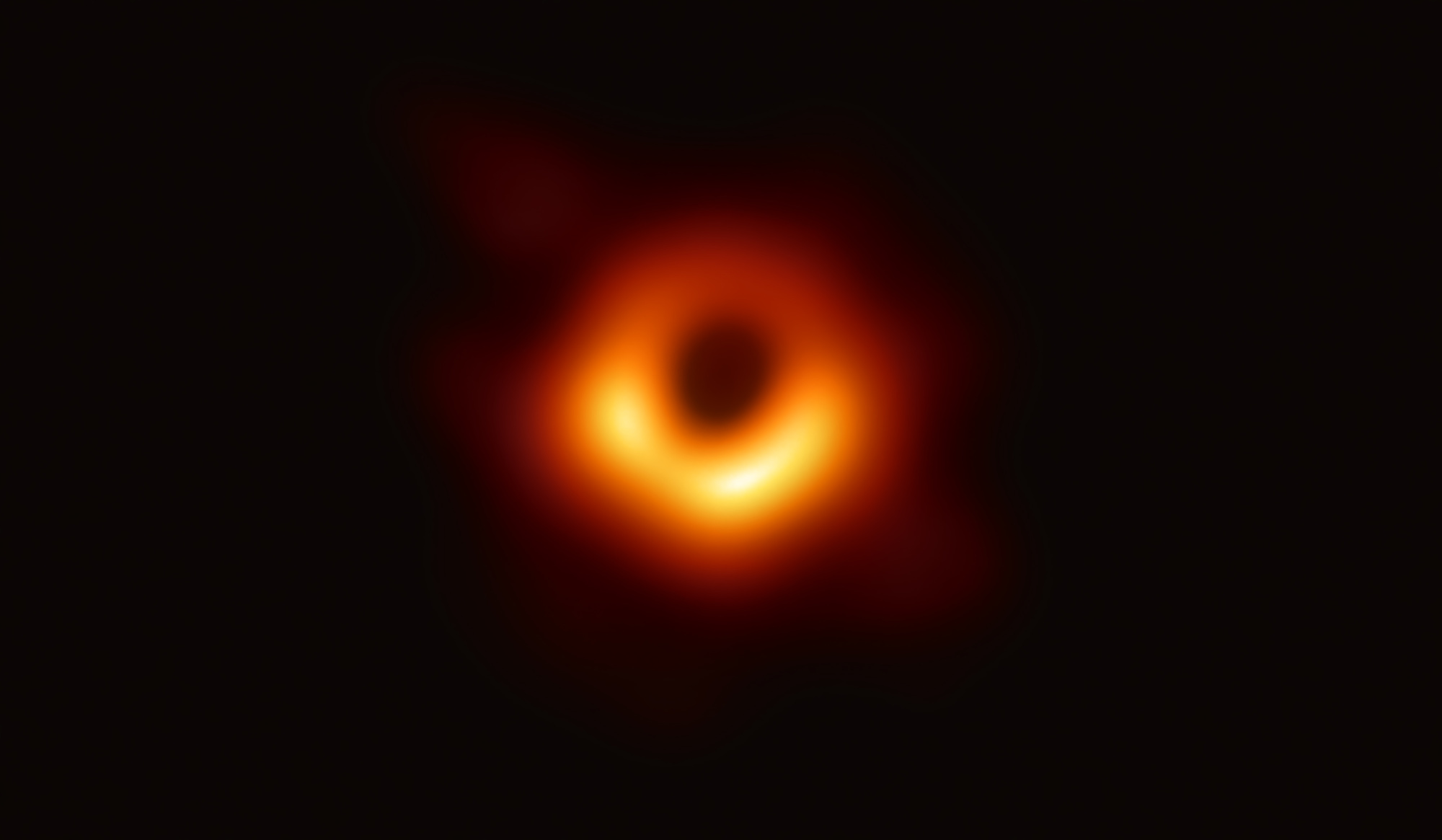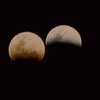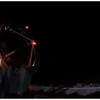Welcome
Peter Galison is the Joseph Pellegrino University Professor at Harvard University. He currently directs the Black Hole Initiative at Harvard, a leading center for interdisciplinary research on black holes. His books include How Experiments End; Image and Logic: A Material Culture of Microphysics; Einstein’s Clocks, Poincaré’s Maps; and, with Lorraine Daston, Objectivity. His latest feature film is Black Holes | The Edge of All We Know.







